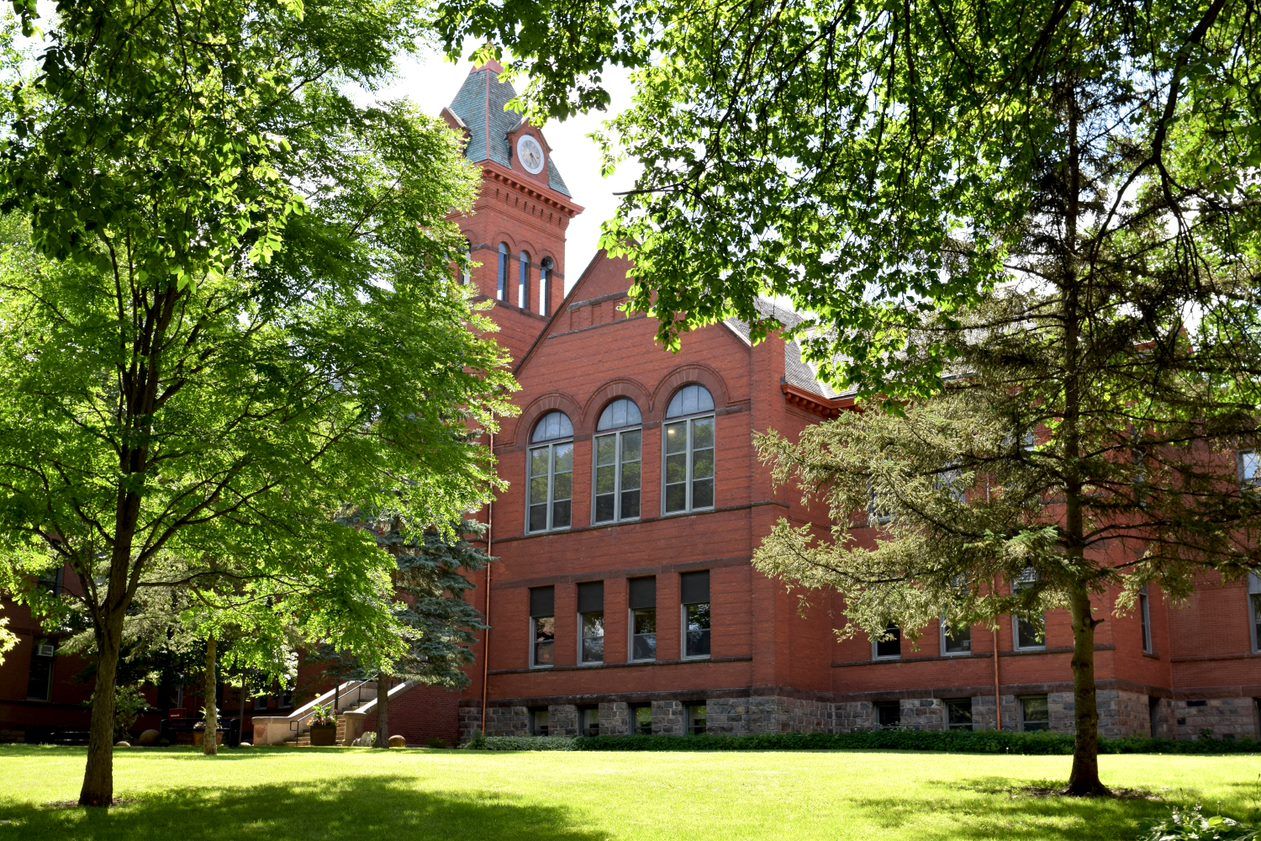
In President McFarland’s report to the Board of Management in November 1892, he mentions the establishment of a self-supporting kindergarten, indicating that the Model School Department of Valley City Normal provided a “graded and classified school” of all grades from kindergarten through high school (according to Dr. Welch, in “Cornerstones”). McFarland writes, “We are very fortunate in securing the services of Miss Amanda E. Harman of the Froebel Institute of Minneapolis to inaugurate this work for us.” Froebel was the German educational theorist who opened the first kindergarten in 1837. The first kindergarten class at Valley City Normal had 20 members. The teacher was paid through the tuition collected from the students. All other programs at the Normal School during this period were free of charge.According to Smithsonianmag.com, the first English-speaking kindergarten was established by Elizabeth Peabody in 1860, and in the next 20 years the movement spread across the nation, so that there were over 400 kindergartens in 1880. Teacher-training institutions provided special training for kindergarten pre-teachers, an expectation that continues to this day, since you must have a special endorsement on your teaching license to teach kindergarten.So Valley City Normal’s addition of a kindergarten and kindergarten teacher training during its second year is not surprising; neither is the “self-supporting” part a surprise, because a large number of kindergartens were private endeavors during those years, and people expected to pay tuition.Opal Wooldridge, kindergarten teacher and faculty member at Valley City State Teacher’s College from 1938-71, surveyed the state in 1947 to compile a true picture of kindergartens in North Dakota. She found there were 27 kindergarten or preschool groups operating in the state, with a total of 753 children attending. There were only 11 public school kindergartens in operation at that time, and three of these were in Valley City Public Schools (Welch, “Cornerstones”). She continued this work, sending out a survey every few years, to document the growth of kindergartens in North Dakota. In December 1963, she published her results in the “North Dakota Teacher,” indicating that there were now 148 kindergartens in North Dakota; of these, 52 were public (tax funded), 9-month kindergarten programs.Mrs. Wooldridge wrote: “Five-year olds have reached the stage where they need the companionship of other children their age. They need the stimulation and guidance that is available in a good kindergarten program…one that is set up to provide for the maximum growth of every child in all areas of his development.” This teaching philosophy and her work across the state to support the growth of kindergartens has made a difference for many of us who were once five. Mrs. Wooldridge was my kindergarten teacher, and while I have very dim memories of the experience, I continue to remember her by name and by the way she made me feel comfortable and confident in school.Once more, we see Valley City at the center and cutting edge of an innovation with a huge impact in North Dakota. From Miss Harmon in 1892 through Mrs. Wooldridge, who retired in 1971, Valley City State (Normal, Teacher’s College, and University) has led the way in developing a solid, meaningful educational program.

